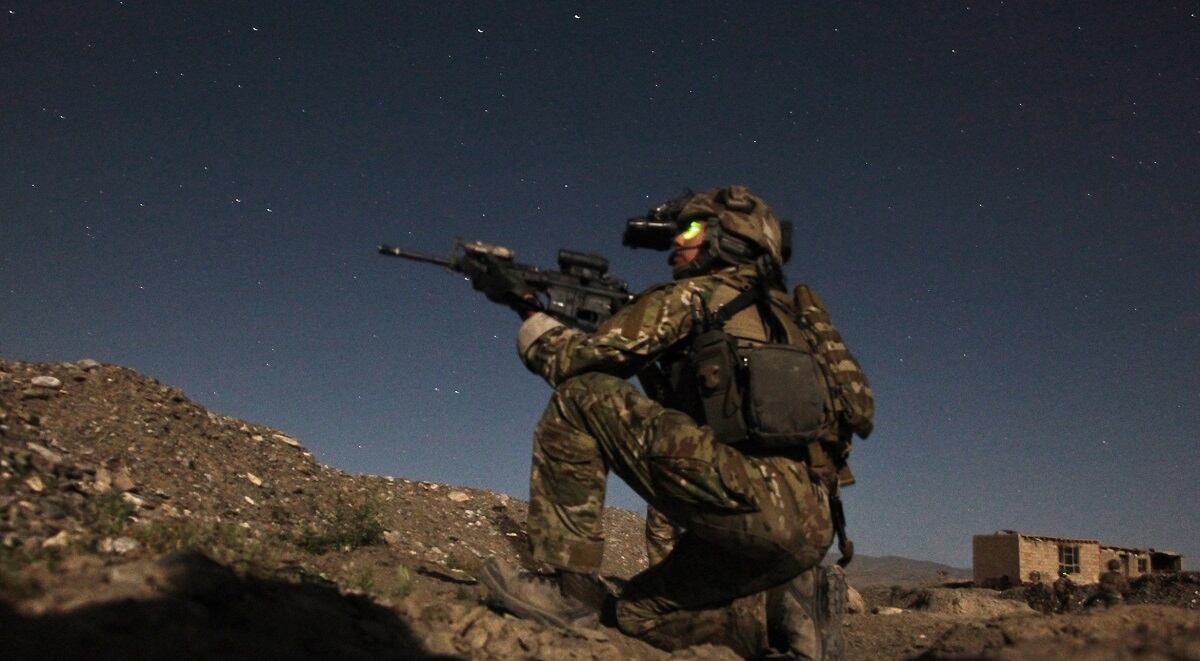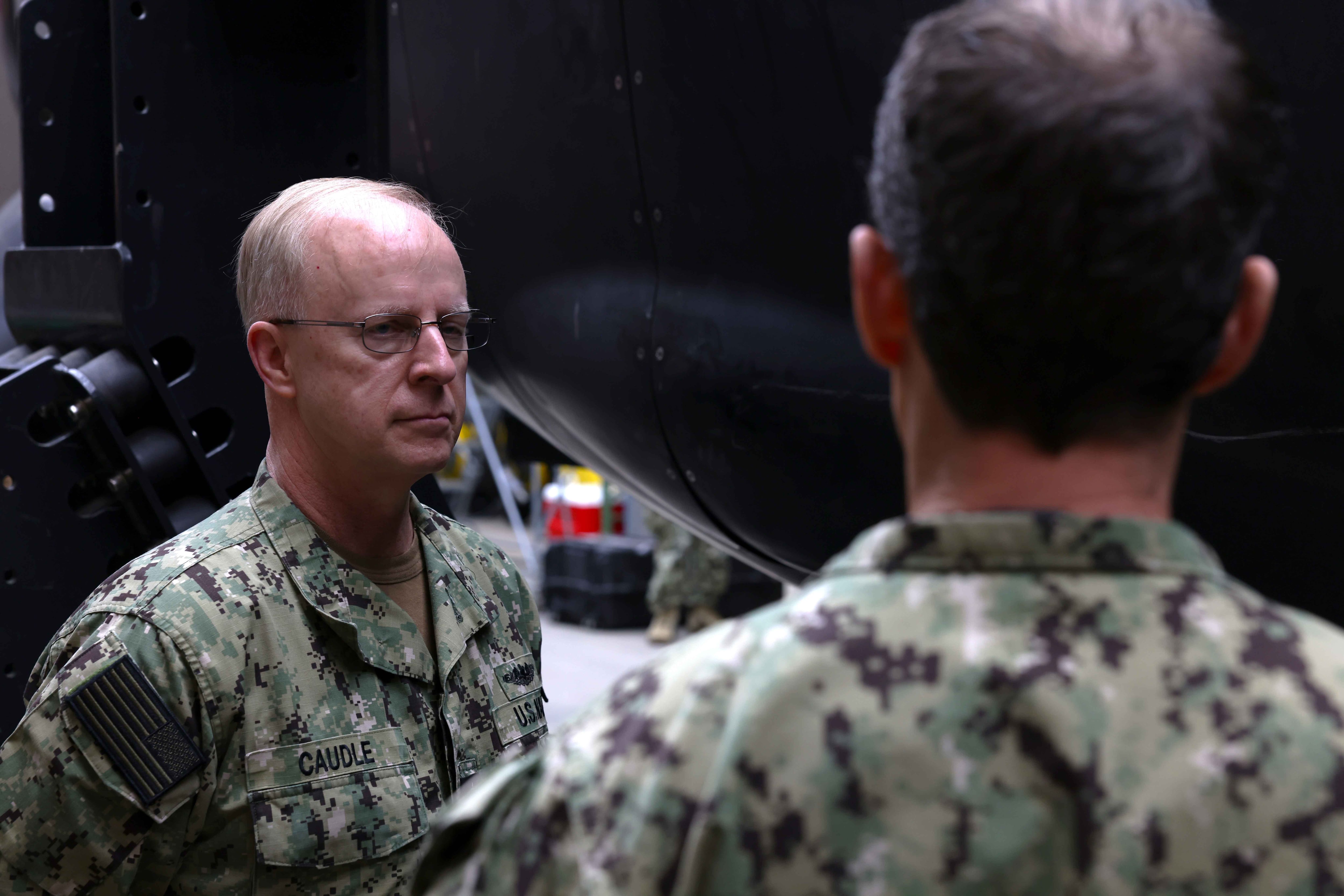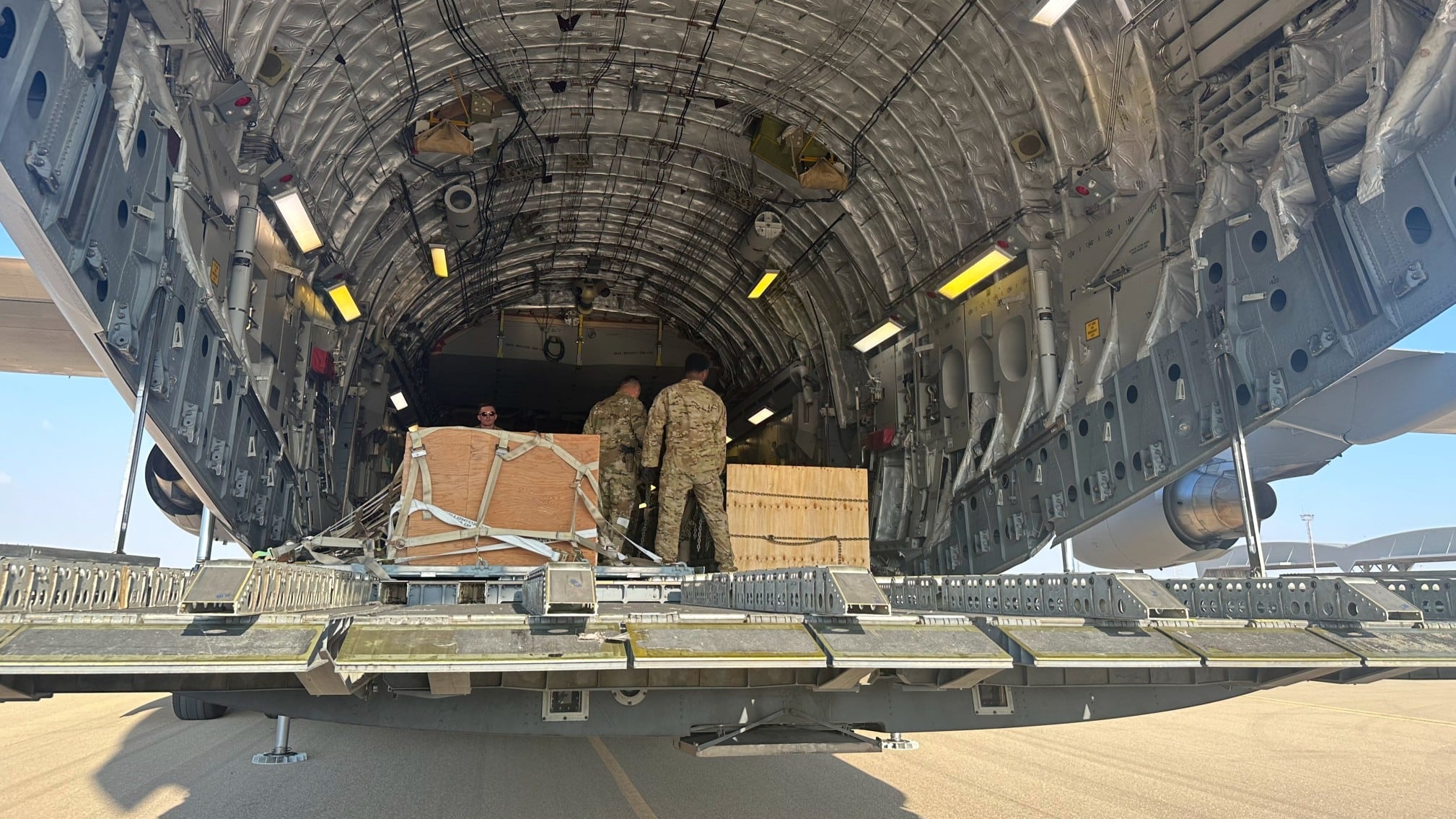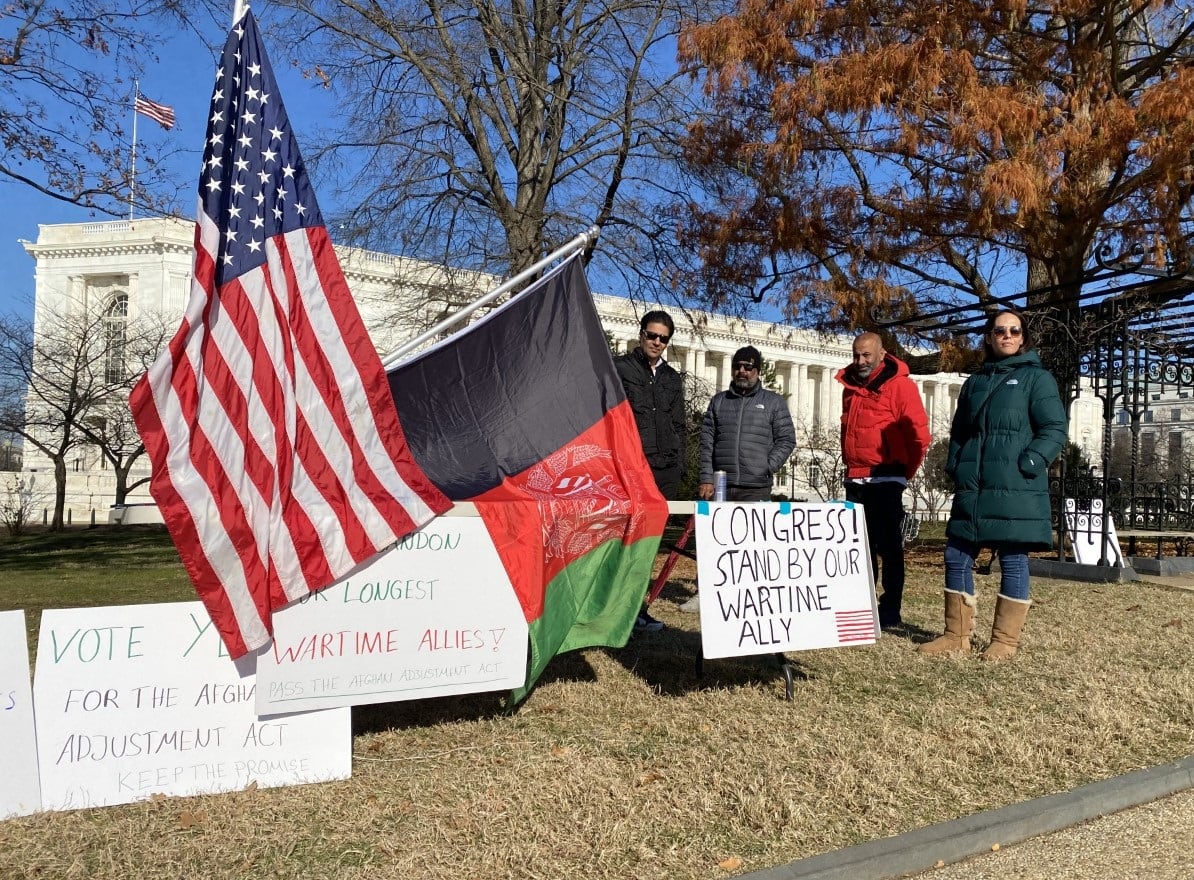Filmed through the tinted green of night vision goggles, a February video by the Taliban depicts their assault on an Afghan security forces outpost in Kandahar province.
After police abandoned the base, the Taliban were free to roam and collect the weapons and vehicles left behind.
The use of NVGs by enemy fighters in situations like this appears to be growing, with reports from November indicating that the Taliban’s “Red Unit” used rifle-mounted lasers and night vision optics to quickly overrun multiple checkpoints and police bases.
This proliferation of night vision capability across the battlefield may be unstoppable in the long-run, and could change the way U.S. and partner forces fight.
In looking into the issue, Military Times spoke with retired Army Col. Steven Bucci, a visiting fellow at the Heritage Foundation who served 28 years as a Special Forces officer with a stint on the staff of former Defense Secretary Donald Rumsfeld.
Bucci said the proliferation of night vision capabilities and other optical devices is “kind of inevitable.”
“When we do these kinds of missions, we basically try and buy [local forces] the same kind of equipment they already have," Bucci said. "But, you know, we are trying to upgrade these folks and give them an advantage, so we do introduce them to things like night vision devices and maybe longer range optics for weapons, and you run the risk that they're going to fall into enemy hands.”
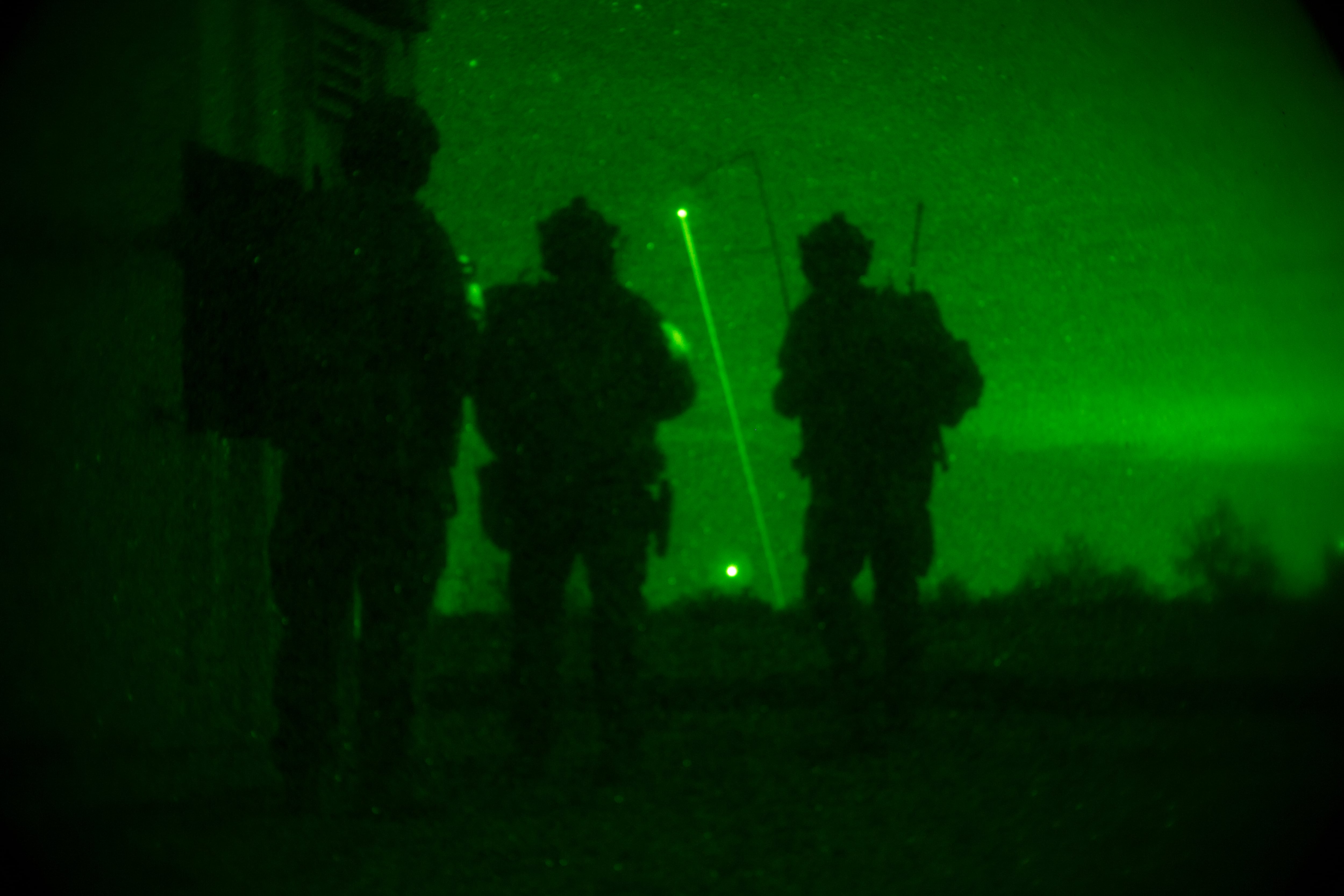
Speaking on behalf of U.S. Forces-Afghanistan, Navy Capt. Tom Gresback confirmed that “the Afghan National Army Special Operations Command and General Command of Police Special Units are equipped with night vision goggles.”
For security reasons, Gresback wouldn’t provide specific details. However, he did add that “the Taliban uses its criminal network of couriers and middlemen to purchase and transport high-end, over-the-counter military equipment such as [NGVs].”
That supply line makes sense to Bucci.
State actors, like Iran, Russia and especially North Korea, could be willing to exchange hard cash for battlefield tech, with the added benefit of causing headaches for U.S. officials, Bucci said.
RELATED
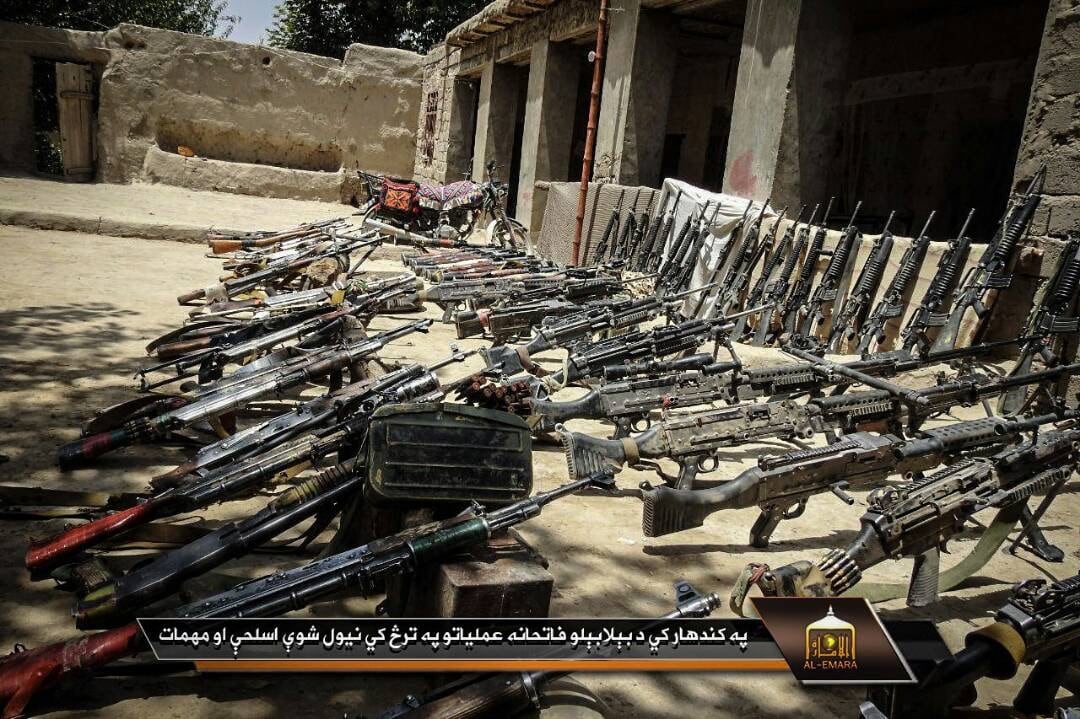
“That is a more strategic-level threat, because you could get a whole ship full of equipment as opposed to just picking stuff up that the other guys may have lost,” he said.
NVGs could also be simply bought off the black market, for purely financial motivations on the seller’s end. But regardless of who the seller is, U.S. officials have “got to try to close the door on all of those things,” Bucci added.
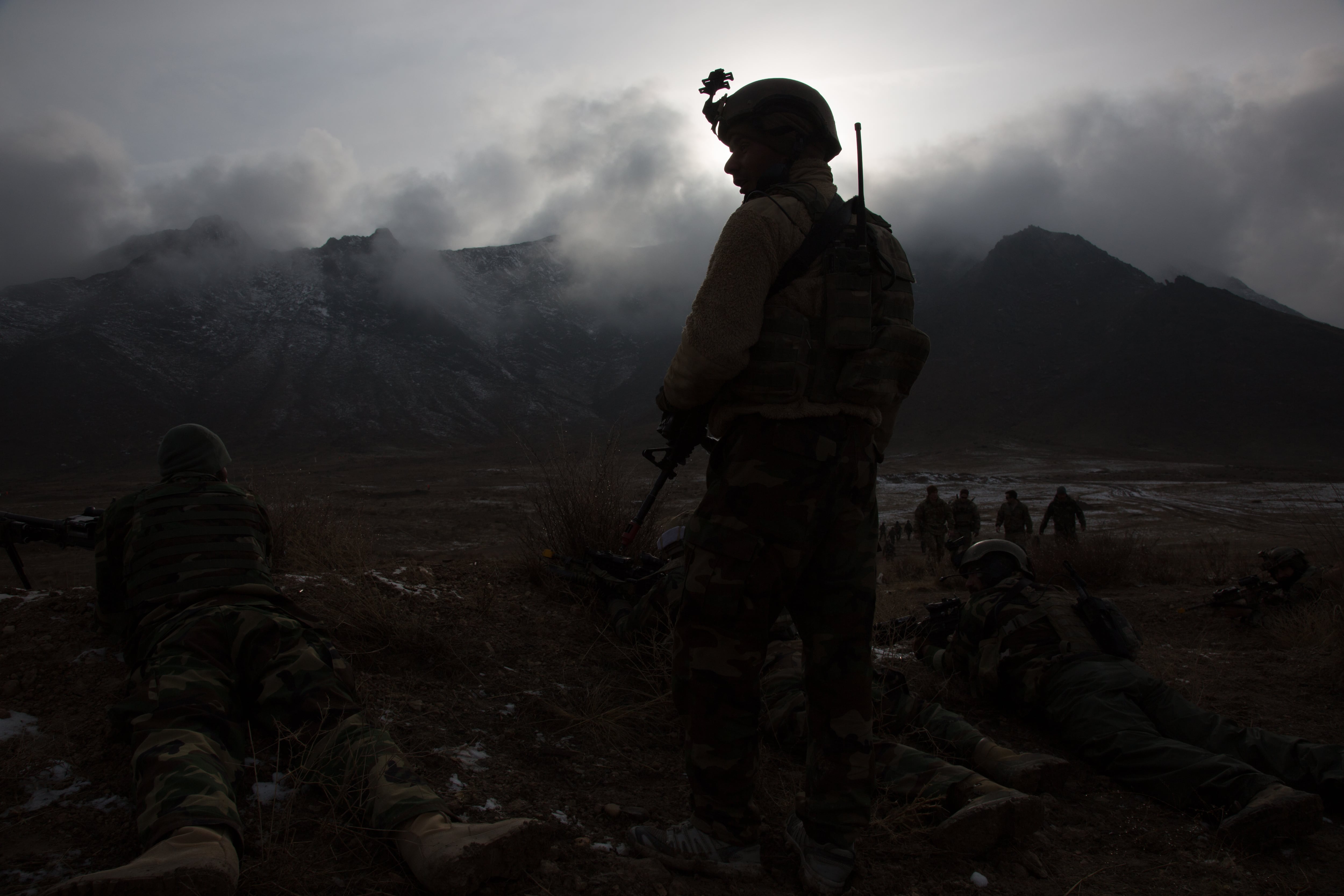
The best equipment and training is reserved for Afghan commandos and other specialized units, yet they’re in the minority. Regular security forces aren’t supplied as well, and appear to be losing control to the Taliban in some provincial areas.
“You're not going to keep throwing the regular local guys at them, because you know they're going to lose,” Bucci said. “So you have to then utilize your higher-end forces to respond, and you really should be saving them to do something else more strategic.”
While American equipment is still superior to the older generation tech the Taliban acquire, the simple fact that they have NVGs at all, even if only a few, degrades traditional tactics, techniques and procedures with infrared light that’s visible under night vision.
RELATED
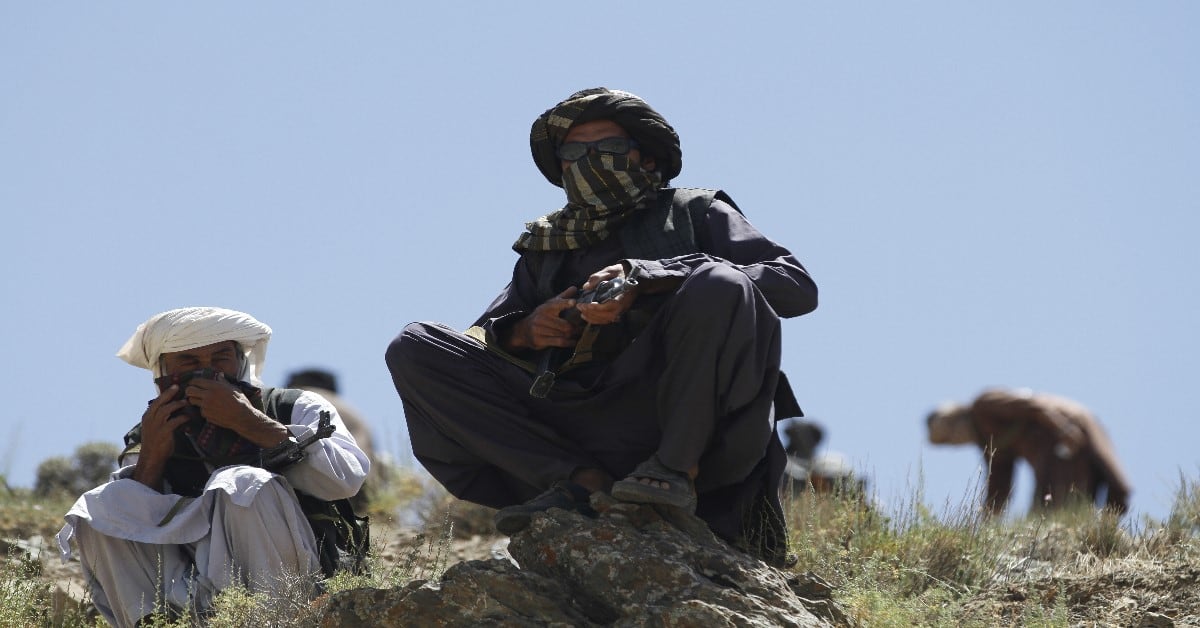
"If you're using IR markers to spot the good guys for air support, suddenly the bad guys can see them too," Bucci said.
He reflected on his early days a Special Forces platoon leader, noting that he would often be the only one with NVGs.
"Even if only one guy has a set of NVGs, even if they're older generation, they can now see us coming in the dark, and we've lost a great advantage there," Bucci said. “The other guys don’t need a thousand [NVGs]. Just a couple can change the calculus and dilute our advantage a great deal.”
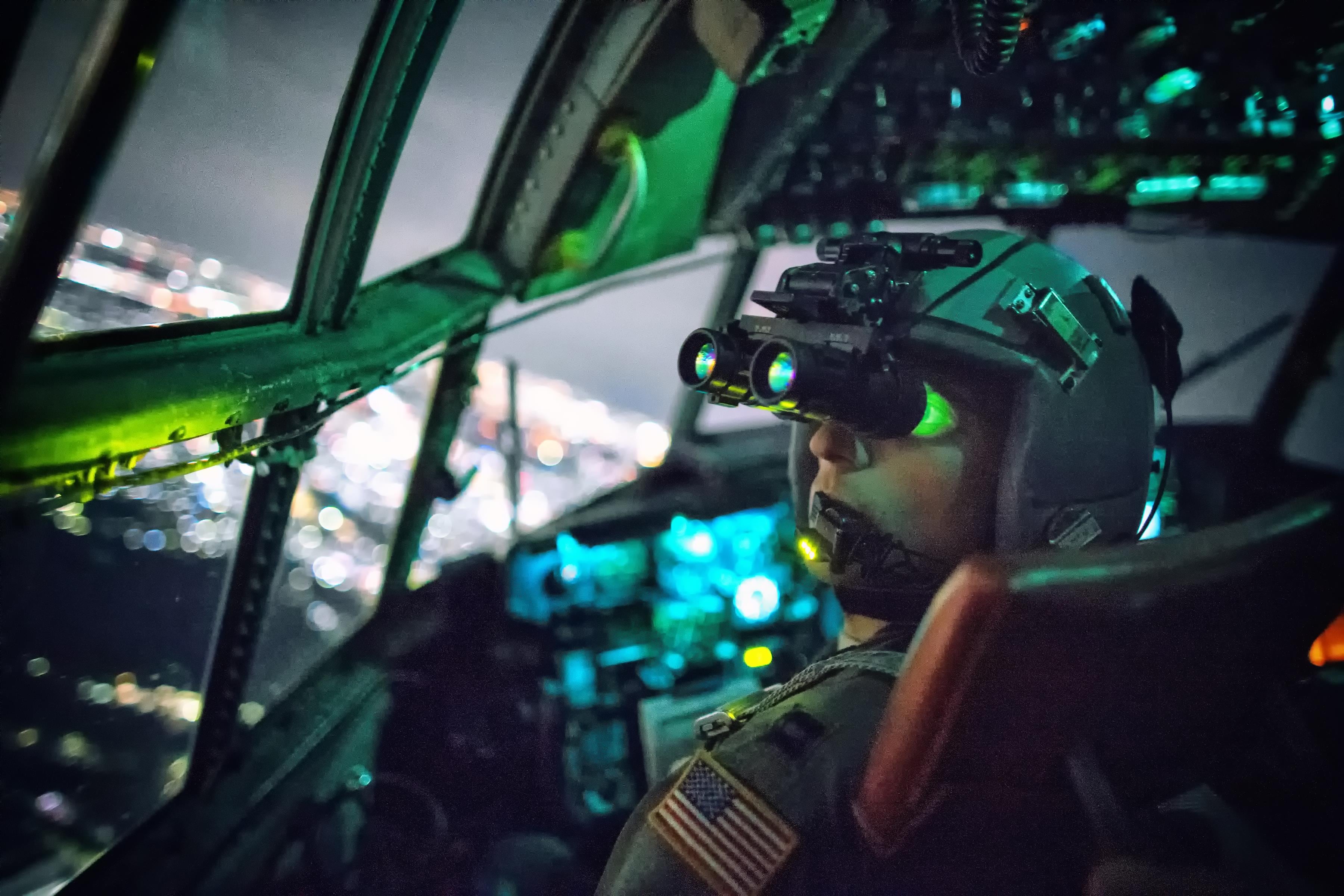
Eventually, U.S. and partner forces may start treating IR light similar to how they currently treat the visible spectrum of light, according to Adam Routh, a former Army Ranger and researcher at the Center for a New American Security.
"Instead of putting a strobe on your head and letting it flash during the whole infil, you may be using it only briefly at certain checkpoints, and you're using it in a way that shields some of the light, so only aircraft overhead can see," Routh said.
Not only would IR signals require more light discipline, but the way soldiers move would also necessitate greater awareness, similar to daylight maneuvering.
“Choosing more carefully where you walk and how you walk, choosing to take cover and concealment, operating with more general tactical discipline will be critical,” he said.
And especially when facing a peer-level competitor, like Russia or China, "things like night vision aren't an inherent advantage anymore,” Routh added.
Those tactical changes when facing a modern military will also be felt on the aerial side of operations.
“From an aircrew perspective, they’re going to be more diligent in their surface-to-air-fire reporting, to include whether they feel it’s aimed or unaimed,” said Navy Cmdr. Thomas Bodine, a Navy Federal Executive Fellow at the Chicago Council who does not represent the views of the U.S. Navy.
Pairing night vision sights with surface-to-air missiles, like a peer-level adversary would, “ultimately drives up the threat level, which would drive up the time to kill,” Bodine said. “And that’s what you really care about on the battlefield.”
Kyle Rempfer was an editor and reporter who has covered combat operations, criminal cases, foreign military assistance and training accidents. Before entering journalism, Kyle served in U.S. Air Force Special Tactics and deployed in 2014 to Paktika Province, Afghanistan, and Baghdad, Iraq.
